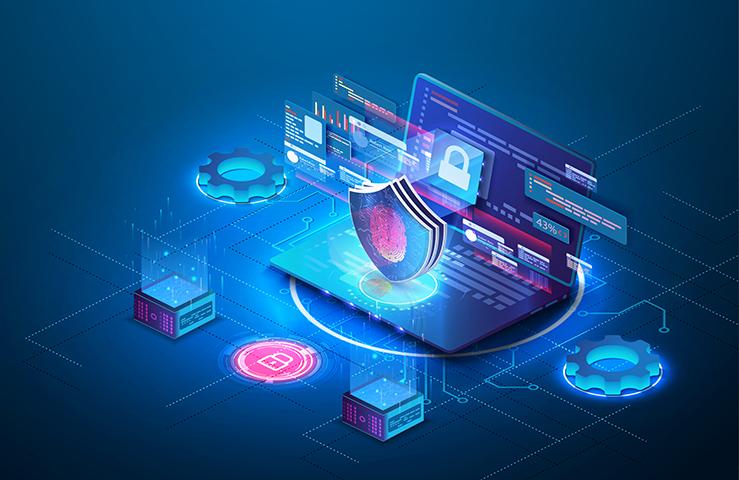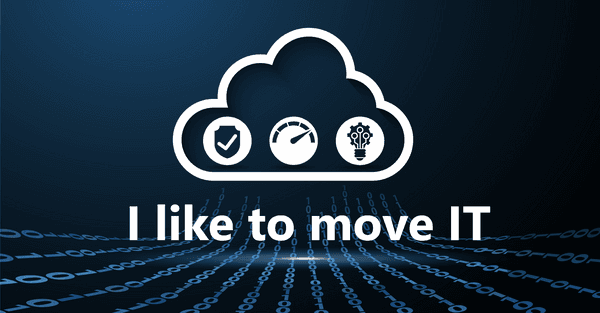
For their attacks, criminal hackers specifically look for weaknesses in IT systems, and they often find them at companies who are eager to manage and protect all systems themselves. For many companies, there is a striking mismatch between technological efforts and the number of employees on the one hand and the know-how, aggressiveness and number of attackers on the other.

Multi-redundant security concepts
One of the core competencies of cloud providers is preventing attacks. As software-as-a-service providers, they take enormous efforts to secure their computing centers. In terms of technology, for instance, this is done by means of security software that is sometimes even updated on an hourly basis and whose improvements are based on a continuous analysis of attacks on the infrastructures.
What’s more, thanks to the operation of computing centers with mirrored servers, they guarantee redundant security concepts as well as comprehensive building security thanks to fire doors and access controls. In addition to these standards, they also offer their customers all additional security applications and compliance solutions imaginable in the form of software services. This can range up to security recommendations based on artificial intelligence. This way, they offer IT managers a high level of IT security as well as reliability, which for many IT departments is hardly achievable based on their own expertise alone.
This is because in many cases, they work with a complex IT environment that has grown over the years. Within the scope of security audits, it often emerges that many of these legacy systems run on old hardware which hasn’t been able to ensure operational security for a long time.
Eliminate vulnerabilities in applications
SaaS providers, however, have thousands of employees around the globe who analyze the computing centers and keep applications secure. If they detect vulnerabilities in email systems, for instance, these are eliminated immediately and simultaneously all around the world. The SaaS customers rely on the fact that all services offered are not only up to date at all times but are also secured using redundant systems.
Besides multidisciplinary incident response teams, a security operations center as well as security information and event management are also part of the facilities securing the SaaS solutions. Security is on a level which many companies are unable to afford due to their heterogeneous IT environments and which in many cases is not even technically or financially realizable for them.
Avoiding damage with SaaS solutions
Thus, it is not surprising that IT managers feel like a heavy burden is lifted off their shoulders when they delegate administrative tasks to the software service providers. In particularly, the work they delegate to external service providers is that which requires a great deal of detailed technological knowledge or which comes with an exceedingly high risk of damage. Many outdated on-premise functions are upgraded to a previously unthinkable security level.
However, the responsibility for basic security rests with the IT departments. Providers typically don’t take on responsibility for standard processes such as authorization management. Continuous monitoring and maintaining an overview of the applications purchased as a service (particularly the associated costs) equally falls within the responsibility of the in-house specialists.
Keywords
More similar blogposts:
Found what you were looking for?
Start your intelligent search now

